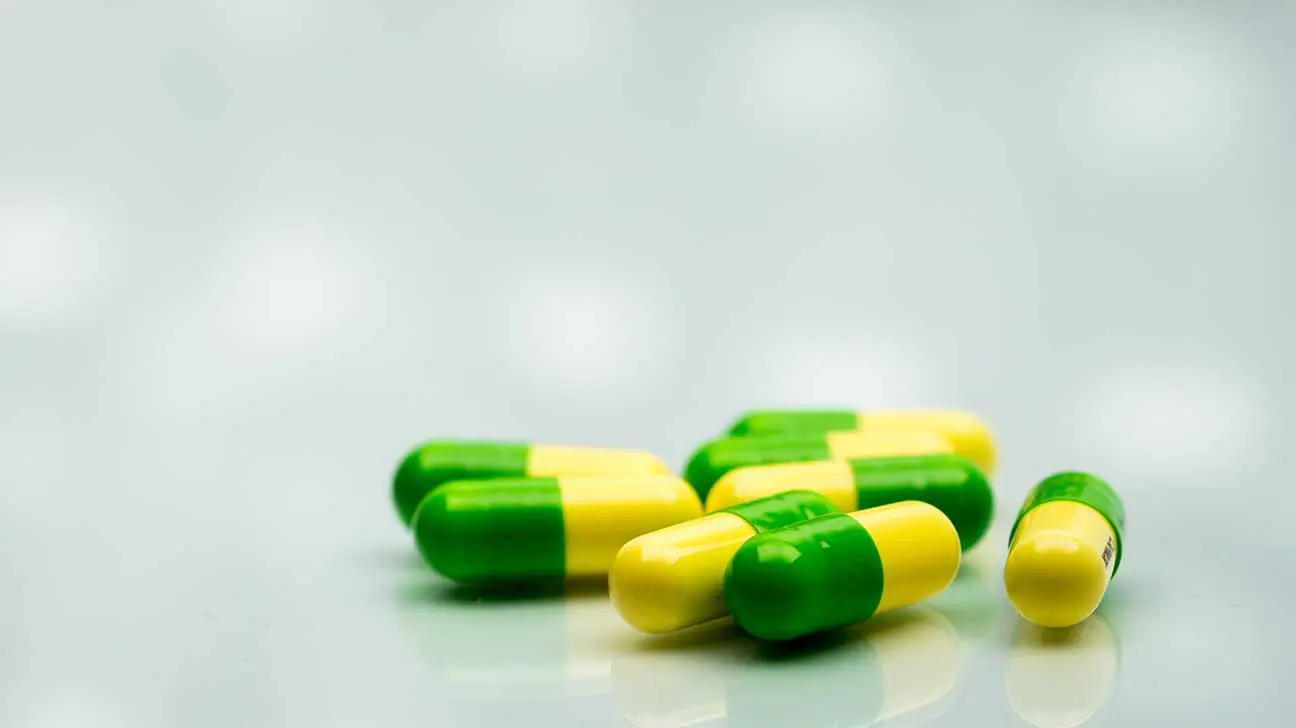
Tramadol (Ultram) is a synthetic opioid analog of codeine that is often prescribed for chronic pain and acute, mid-grade pain control. It was developed as an alternative to opioids that have a high probability of abuse.
Because it has fewer depressive effects on the respiratory system than oxycodone (OxyContin), fentanyl, or hydrocodone (Vicodin), it is seen as safer by many. However, it is still prone to abuse by methods like snorting or plugging. And it may still create dangerous overdose effects, including death.
Why Do People Plug Tramadol?
When tramadol is used in a capacity outside of prescribed pain relief, people may look for a way to increase or amplify non-analgesic effects. Plugging (rectal drug intake) increases the bioavailability of tramadol in the body and facilitates quick feelings of well-being.
Some people also plug tramadol because they believe, in error, that this method of ingestion prevents damage to organ systems like the liver. Plugging may reduce perceived feelings of opiate-induced nausea, or may be used to prevent negative side effects, despite evidence to the contrary.
Dangers Of Plugging Tramadol
Plugging drugs introduces the drug into the bloodstream through rectal blood vessels. Generally, plugging causes the effects of a drug to be felt immediately but may dissipate.
The use of tramadol rectally may increase the risk of overdose, and may also physically impact the person that plugs the drug. Because tramadol is not prescribed for rectal use in the U.S., only pills meant for oral consumption are used for plugging.
Plugging drugs without sterile applicators, lubrication, or proper instruction may cause uncomfortable reactions like internal bleeding and damage to delicate rectal tissue.
Side Effects Of Plugging Tramadol
Even when used as prescribed (for analgesic effects to combat severe pain), tramadol can cause side effects like:
- euphoria
- elevated mood
- relaxation
- drowsiness
The opioid works as a mu-opioid receptor agonist and norepinephrine and selective serotonin reuptake inhibitor (SSRI). Tramadol is one of the primary ingredients in brand name drugs like Ultracet (tramadol +ibuprofen), Ultram, and Conzip.
Tramadol abuse may cause incidences of highly unpleasant effects. High doses of any opioid analgesic should be avoided, and the drug should not be abused through plugging.
Side effects of plugging tramadol may include:
- rash and itchy skin
- diarrhea or constipation
- muscle and bone aches
Some short-term side effects of tramadol include:
- swollen joints
- skin rash and itchiness
- excessive sweating
- constipation
- diarrhea
- nausea
- constipation
- severe cough
- anxiety
- depression
- severe headaches
- confusion
Risks Of Tramadol Abuse
Plugging tramadol is not a common method of substance abuse. People that use tramadol rectally may suffer from an overdose as a result of multiple drug use with tramadol.
Because the drug’s effects wear off sooner through rectal ingestion, there is a perception that more of the drug can be ingested safely when it is no longer “felt”. This is not true. The body may become overwhelmed by the drug’s presence, and an overdose may occur.
Opioid Overdose
Certain overdose symptoms may be worsened when tramadol is plugged alongside antidepressants, alcohol, or other opioids. The effects on the central nervous system (CNS) may compound.
Signs of a tramadol overdose include:
- stopped breathing
- seizures
- disrupted breathing (apnea)
- coma
- death
- dizziness
- nausea and vomiting
- drowsiness
- anxiety
- hallucinations
Overdose symptoms, when spotted soon enough, may be reversed by naloxone administration.
Serotonin Syndrome
Because of tramadol’s impact on serotonin neurotransmitter pathways, it is possible that a person may experience serotonin syndrome. This occurs when a person’s brain is flooded by serotonin.
The body will physically react with the following symptoms:
- diarrhea
- nausea
- restlessness
- vomiting
- high blood pressure (hypertension)
- high heart rate (tachycardia)
- poor coordination
Tramadol Addiction And Withdrawal Symptoms
Although tramadol’s use in health care settings is intended to prevent addiction, misuse and abuse of tramadol can still occur. Addiction to tramadol in conjunction with other drugs is common, as is recovery through a supervised methadone-assisted taper off opioids.
When a person is addicted to tramadol and does not take the drug for some time, they may experience withdrawal symptoms. Some of the symptoms may be a result of physical dependence on the drug, which results in physiological reactions to the drug’s absence.
Such withdrawal symptoms may include:
- nervousness
- panic and depression
- trouble sleeping
- fever symptoms like chills, nausea, diarrhea
- hallucinations
- excessive sweating
Getting Help With Tramadol Addiction
If you or a loved one regularly uses opioids like tramadol, it may be time to seek help. Drug use that uses methods like snorting or plugging opioids is a sign of problem behavior.
If you find that life revolves more heavily around drug use, or you think about using opioids, there are recovery programs to help. Call our treatment specialists to learn about inpatient and outpatient recovery centers.
Recovery may span from cognitive behavioral therapy to medically supervised detox. Let us help you begin the path to healthy, sober living today.
Addiction Resource aims to provide only the most current, accurate information in regards to addiction and addiction treatment, which means we only reference the most credible sources available.
These include peer-reviewed journals, government entities and academic institutions, and leaders in addiction healthcare and advocacy. Learn more about how we safeguard our content by viewing our editorial policy.
- National Health Service — Tramadol
https://www.nhs.uk/medicines/tramadol/ - Prescriber’s Digital Reference — Tramadol Hydrochloride
https://www.pdr.net/drug-summary/Ultram-tramadol-hydrochloride-950 - ScienceDirect — Rectal Administration
https://www.sciencedirect.com/topics/medicine-and-dentistry/rectal-administration


